Growing Cherry Tomatoes can be incredibly rewarding, filling your summer salads with bursts of sweet, juicy flavor straight from your own backyard! But let’s be honest, sometimes those little red gems can be a bit… temperamental. Have you ever dreamed of a bountiful harvest, only to be met with spindly plants, cracked fruits, or a disappointing yield? I know I have!
For centuries, gardeners have cultivated tomatoes, tracing their origins back to South America. The Aztecs even believed tomatoes possessed magical properties! While we might not be expecting magic, we do expect deliciousness. That’s why I’m so excited to share these simple, yet effective, DIY tricks and hacks that will transform your cherry tomato growing experience.
Let’s face it, store-bought cherry tomatoes just don’t compare to the sun-ripened goodness you can achieve at home. Plus, with rising grocery costs, growing cherry tomatoes yourself is not only healthier but also a budget-friendly way to enjoy fresh produce. Whether you’re a seasoned gardener or just starting out, these tips will help you overcome common challenges and unlock the secrets to a thriving cherry tomato patch. Get ready to impress your friends and family with the sweetest, most flavorful cherry tomatoes they’ve ever tasted!
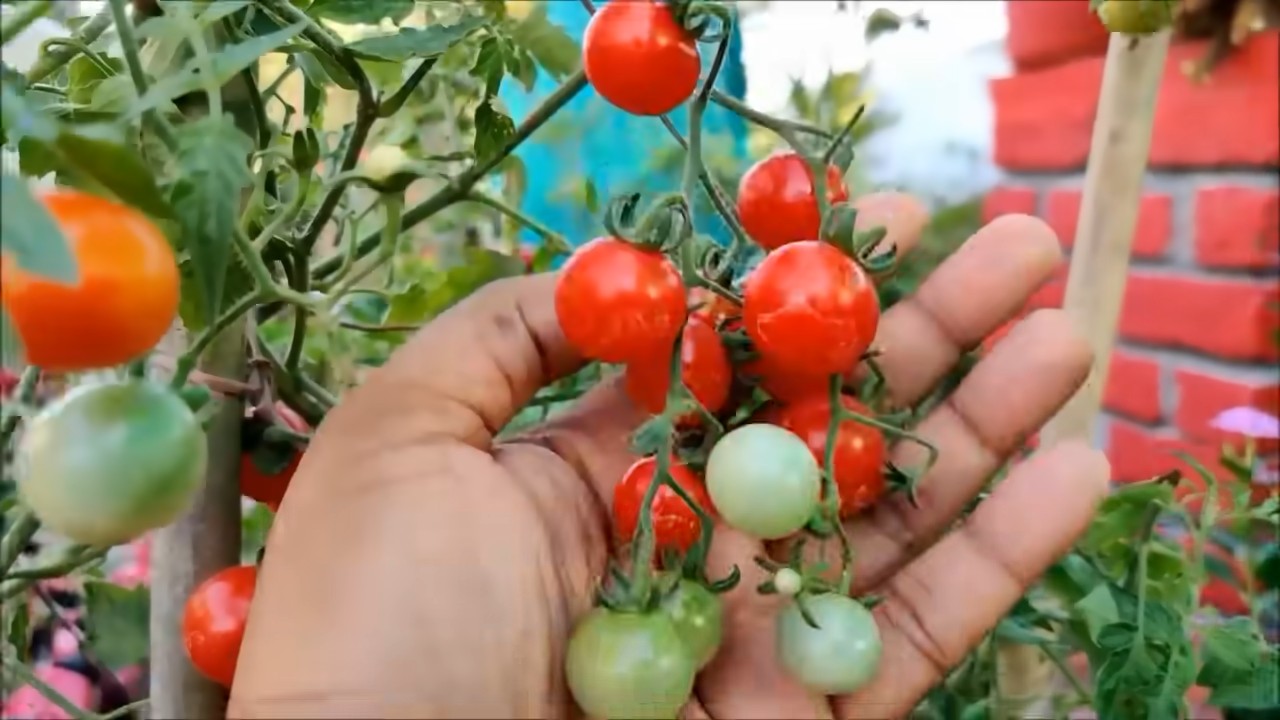
Growing Cherry Tomatoes: A DIY Guide to Sweet Success!
Okay, tomato lovers, let’s get down to business! Growing your own cherry tomatoes is seriously rewarding. Imagine popping those little bursts of sunshine straight from the vine into your mouth. It’s easier than you think, and I’m here to walk you through every step.
Choosing Your Cherry Tomato Variety
Before we even get our hands dirty, let’s talk about varieties. Cherry tomatoes aren’t just one thing! They come in all shapes, sizes, and colors. Here are a few popular choices:
* Sungold: These are super sweet and have a beautiful golden-orange color. They’re a favorite for a reason!
* Sweet Million: As the name suggests, these produce tons of small, red, and incredibly sweet tomatoes.
* Black Cherry: These have a rich, complex flavor and a deep, almost black color. They’re a bit more unique.
* Grape Tomatoes: Technically a type of cherry tomato, grape tomatoes are oblong and have a slightly firmer texture.
* Yellow Pear: These are adorable, pear-shaped, yellow tomatoes with a mild, sweet flavor.
Consider your taste preferences and the space you have available when choosing your variety. Some varieties are more compact than others.
Starting Your Seeds (or Buying Seedlings)
You have two options here: starting from seed or buying seedlings from a nursery. Starting from seed gives you more control and is generally cheaper, but it requires a bit more time and effort.
Starting from Seed:
1. Gather Your Supplies: You’ll need seed starting trays or small pots, seed starting mix (not regular potting soil!), cherry tomato seeds, a spray bottle, and a heat mat (optional, but helpful).
2. Sow the Seeds: Moisten the seed starting mix and fill your trays or pots. Sow the seeds about ¼ inch deep, placing 2-3 seeds per cell or pot. Gently cover with more mix.
3. Water Carefully: Use a spray bottle to gently mist the soil. You don’t want to dislodge the seeds.
4. Provide Warmth and Light: Place the trays or pots on a heat mat (if using) and under grow lights or in a very sunny window. The ideal temperature for germination is around 70-75°F (21-24°C).
5. Keep the Soil Moist: Check the soil daily and mist with water as needed to keep it consistently moist, but not soggy.
6. Thin the Seedlings: Once the seedlings have their first true leaves (the second set of leaves that appear after the initial seed leaves), thin them to one seedling per cell or pot. Choose the strongest-looking seedling and snip off the others at the soil line.
7. Harden Off the Seedlings: Before transplanting the seedlings outdoors, you need to “harden them off.” This gradually acclimates them to the outdoor environment. Start by placing them outside in a sheltered location for an hour or two each day, gradually increasing the time over a week or two. Protect them from direct sunlight and strong winds.
Buying Seedlings:
1. Choose Healthy Seedlings: Look for seedlings that are stocky, green, and have no signs of disease or pests. Avoid seedlings that are leggy (tall and spindly) or have yellowing leaves.
2. Check the Roots: Gently remove a seedling from its pot and inspect the roots. They should be white or light brown and not root-bound (tightly circling the pot).
Preparing Your Planting Location
Cherry tomatoes need at least 6-8 hours of sunlight per day, so choose a sunny spot in your garden. They also need well-drained soil that is rich in organic matter.
1. Amend the Soil: Dig a hole that is twice as wide and as deep as the root ball of your seedling. Amend the soil with compost, aged manure, or other organic matter. This will improve drainage, fertility, and water retention.
2. Consider Support: Cherry tomatoes can get quite tall and bushy, so you’ll need to provide support. You can use stakes, cages, or trellises. I personally prefer cages because they provide all-around support and are easy to install.
Transplanting Your Cherry Tomato Seedlings
Now for the fun part!
1. Dig the Hole: Dig a hole slightly larger than the root ball of your seedling.
2. Remove the Seedling: Gently remove the seedling from its pot, being careful not to damage the roots. If the roots are root-bound, gently loosen them with your fingers.
3. Plant Deeply: Plant the seedling deeply, burying the stem up to the first set of leaves. This will encourage the plant to develop more roots along the buried stem, making it stronger and more productive.
4. Water Thoroughly: Water the seedling thoroughly after planting.
5. Add Mulch: Apply a layer of mulch around the base of the plant. Mulch helps to retain moisture, suppress weeds, and regulate soil temperature. I like to use straw, wood chips, or shredded leaves.
Caring for Your Cherry Tomato Plants
Once your cherry tomato plants are in the ground, they’ll need regular care to thrive.
1. Water Regularly: Water deeply and regularly, especially during hot, dry weather. Aim to water at the base of the plant to avoid wetting the foliage, which can lead to disease.
2. Fertilize: Fertilize your cherry tomato plants every 2-3 weeks with a balanced fertilizer. Look for a fertilizer that is specifically formulated for tomatoes.
3. Prune: Pruning can help to improve air circulation, reduce disease, and encourage fruit production. Remove suckers (the small shoots that grow between the main stem and the branches) to encourage the plant to focus its energy on producing fruit.
4. Monitor for Pests and Diseases: Keep an eye out for common tomato pests and diseases, such as aphids, whiteflies, tomato hornworms, and early blight. Treat any problems promptly with appropriate organic or chemical controls.
5. Provide Support: As your cherry tomato plants grow, make sure they have adequate support. Tie the stems to the stakes or trellis as needed.
Harvesting Your Cherry Tomatoes
This is the best part! Cherry tomatoes are usually ready to harvest about 60-80 days after transplanting.
1. Look for Color: The tomatoes should be fully colored and slightly soft to the touch.
2. Gently Twist: Gently twist the tomatoes off the vine.
3. Harvest Regularly: Harvest your cherry tomatoes regularly to encourage the plant to produce more fruit.
Troubleshooting Common Problems
Even with the best care, you may encounter some problems when growing cherry tomatoes. Here are a few common issues and how to address them:
* Blossom End Rot: This is caused by a calcium deficiency and results in a dark, leathery spot on the bottom of the tomato. To prevent blossom end rot, make sure your soil is well-drained and that you are watering regularly. You can also add calcium to the soil by amending it with bone meal or crushed eggshells.
* Early Blight: This is a fungal disease that causes dark spots on the leaves. To prevent early blight, provide good air circulation around your plants and avoid wetting the foliage when watering. You can also treat early blight with a fungicide.
* Aphids: These small, sap-sucking insects can weaken your plants. To control aphids, spray them with a strong stream of water or treat them with insecticidal soap.
* Tomato Hornworms: These large, green caterpillars can quickly defoliate your tomato plants. Handpick them off the plants or treat them with Bacillus thuringiensis (Bt).
Enjoying Your Harvest
Now that you’ve harvested your delicious cherry tomatoes, it’s time to enjoy them! Here are a few ideas:
* Eat them fresh: Pop them straight from the vine into your mouth!
* Add them to salads: Cherry tomatoes add a burst of flavor and color to any salad.
* Roast them: Roasting cherry tomatoes brings out their sweetness and intensifies their flavor.
* Make sauce: Cherry tomatoes can be used to make a delicious and simple tomato sauce.
* Preserve them: You can preserve cherry tomatoes by canning, freezing, or drying them.
Growing cherry tomatoes is a rewarding experience that anyone can enjoy. With a little bit of care and attention, you can have a bountiful harvest of sweet, juicy tomatoes all season long. Happy gardening!
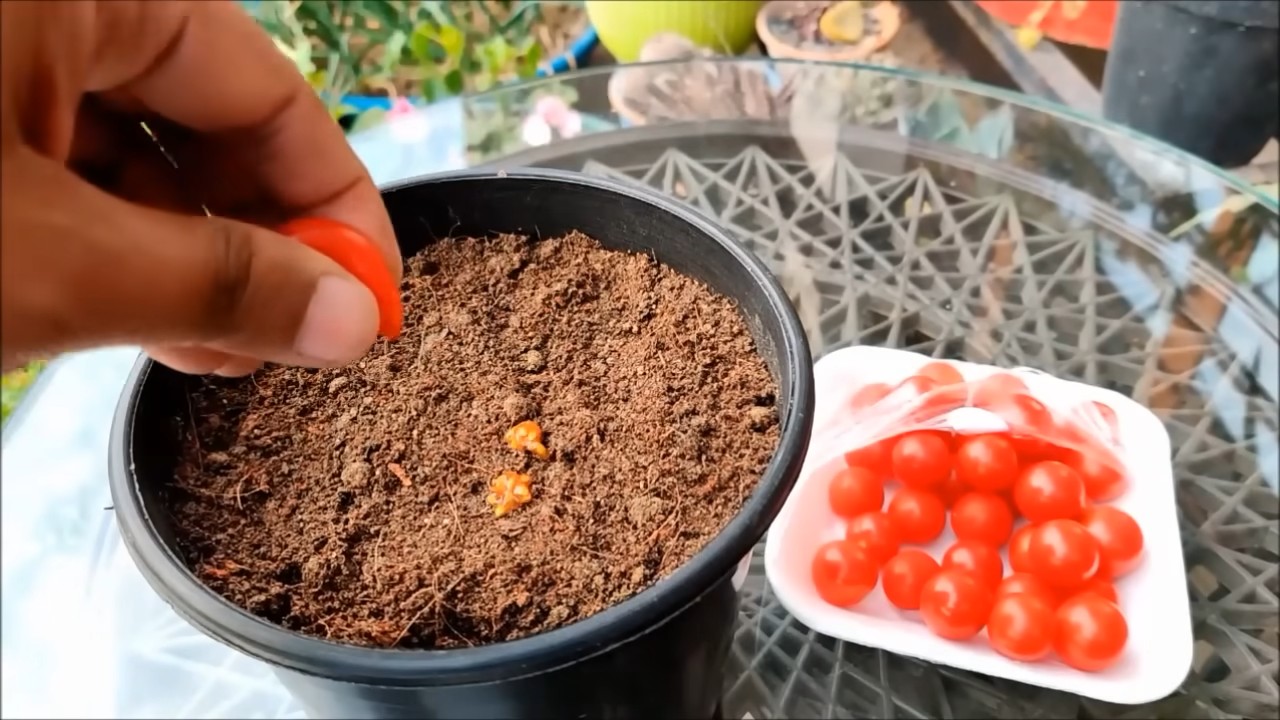
Conclusion
So, there you have it! Mastering the art of growing cherry tomatoes doesn’t require a green thumb blessed by the gardening gods. It’s about understanding their needs, providing the right environment, and employing a few clever DIY tricks to boost your success. This method, in particular, is a game-changer because it addresses the common issues of drainage, nutrient availability, and support, all in one fell swoop.
Why is this DIY trick a must-try? Because it simplifies the entire process. Instead of constantly battling soggy soil, nutrient deficiencies, or sprawling, unsupported vines, you’re proactively creating an optimal growing environment. Imagine the satisfaction of plucking perfectly ripe, bursting-with-flavor cherry tomatoes straight from your own backyard, knowing you nurtured them from tiny seedlings to bountiful producers. That’s the power of this simple yet effective technique.
But don’t stop there! Feel free to experiment and adapt this method to suit your specific needs and resources. For example, if you don’t have access to large buckets, consider using repurposed containers like old trash cans (thoroughly cleaned, of course!) or even constructing raised beds with built-in drainage systems. You can also tailor the soil mix to your local climate and soil conditions. If your soil is naturally heavy clay, amend it generously with compost and perlite to improve drainage. If it’s sandy and drains too quickly, add peat moss or coconut coir to retain moisture.
Consider adding companion plants to your cherry tomato garden. Basil, for instance, is a classic pairing that not only enhances the flavor of your tomatoes but also repels pests. Marigolds are another excellent choice, known for their ability to deter nematodes and other soil-borne pests.
And don’t forget about fertilization! While the initial soil mix provides a good foundation, cherry tomatoes are heavy feeders and will benefit from regular fertilization throughout the growing season. Use a balanced fertilizer specifically formulated for tomatoes, following the instructions on the package. You can also supplement with organic fertilizers like compost tea or fish emulsion.
Ultimately, the key to successful cherry tomato growing is observation and adaptation. Pay close attention to your plants, monitor their growth, and adjust your approach as needed. Are the leaves turning yellow? It could be a sign of nutrient deficiency. Are the fruits cracking? It could be due to inconsistent watering. By being proactive and responsive, you can overcome any challenges and ensure a bountiful harvest.
We wholeheartedly encourage you to try this DIY trick for growing cherry tomatoes. It’s a fun, rewarding, and ultimately delicious experience. And once you’ve reaped the rewards of your labor, we’d love to hear about it! Share your experiences, tips, and photos with us in the comments below. Let’s build a community of cherry tomato enthusiasts and learn from each other’s successes (and failures!). Happy gardening!
Frequently Asked Questions (FAQ)
What kind of soil should I use for growing cherry tomatoes in containers?
The ideal soil for growing cherry tomatoes in containers is a well-draining, nutrient-rich potting mix. Avoid using garden soil, as it tends to compact in containers and doesn’t provide adequate drainage. A good mix would include equal parts of:
* **Potting soil:** Provides a base for the mix and retains moisture.
* **Compost:** Adds essential nutrients and improves soil structure.
* **Perlite or Vermiculite:** Enhances drainage and aeration.
You can also add a slow-release fertilizer to the mix to provide a steady supply of nutrients throughout the growing season.
How often should I water my cherry tomato plants?
Watering frequency depends on several factors, including the size of the container, the weather conditions, and the stage of growth. As a general rule, water deeply whenever the top inch of soil feels dry to the touch. During hot, dry weather, you may need to water daily. Avoid overwatering, as this can lead to root rot. The best time to water is early in the morning, which allows the foliage to dry before nightfall and reduces the risk of fungal diseases.
How much sunlight do cherry tomato plants need?
Cherry tomato plants require at least 6-8 hours of direct sunlight per day to thrive. Choose a location that receives plenty of sunlight throughout the day. If you’re growing your plants indoors, you may need to supplement with grow lights.
How do I prevent blossom end rot on my cherry tomatoes?
Blossom end rot is a common problem that affects tomatoes, characterized by a dark, leathery spot on the bottom of the fruit. It’s caused by a calcium deficiency, which can be triggered by inconsistent watering, poor soil drainage, or high levels of nitrogen in the soil. To prevent blossom end rot:
* Ensure consistent watering: Avoid letting the soil dry out completely between waterings.
* Improve soil drainage: Use a well-draining potting mix and avoid overwatering.
* Add calcium to the soil: You can add bone meal or crushed eggshells to the soil before planting.
* Use a calcium-rich fertilizer: Look for fertilizers specifically formulated for tomatoes that contain calcium.
How do I support my cherry tomato plants?
Cherry tomato plants can grow quite tall and sprawling, so they need adequate support to prevent them from falling over. You can use stakes, cages, or trellises to support your plants. Install the support system early in the growing season, before the plants get too large.
What are some common pests and diseases that affect cherry tomato plants?
Some common pests that affect cherry tomato plants include aphids, whiteflies, tomato hornworms, and spider mites. Common diseases include early blight, late blight, and powdery mildew. To prevent pests and diseases:
* Inspect your plants regularly for signs of infestation or disease.
* Remove any infected leaves or plants immediately.
* Use organic pest control methods, such as insecticidal soap or neem oil.
* Provide good air circulation around your plants.
* Avoid overhead watering, which can promote fungal diseases.
Can I grow cherry tomatoes indoors?
Yes, you can grow cherry tomatoes indoors, but you’ll need to provide them with adequate light and warmth. Use grow lights to supplement natural sunlight, and maintain a temperature of 70-75°F during the day and 60-65°F at night. You’ll also need to pollinate the flowers manually, as there won’t be any bees or other pollinators indoors.
How long does it take for cherry tomatoes to ripen?
Cherry tomatoes typically take 55-70 days to ripen after transplanting. The exact time will depend on the variety and the growing conditions. The tomatoes are ripe when they are fully colored and slightly soft to the touch.
What are some different varieties of cherry tomatoes I can grow?
There are many different varieties of cherry tomatoes to choose from, each with its own unique flavor, color, and size. Some popular varieties include:
* **Sungold:** Known for its exceptionally sweet and fruity flavor.
* **Sweet Million:** A prolific producer of small, sweet tomatoes.
* **Black Cherry:** A unique variety with a rich, smoky flavor.
* **Yellow Pear:** A heirloom variety with a mild, sweet flavor and a distinctive pear shape.
* **Grape Tomato:** Small, oblong tomatoes with a firm texture and a mild flavor.
How do I prune my cherry tomato plants?
Pruning cherry tomato plants can help improve air circulation, reduce the risk of disease, and encourage fruit production. Remove suckers (the small shoots that grow between the main stem and the branches) to direct the plant’s energy towards fruit production. You can also remove any yellowing or diseased leaves.

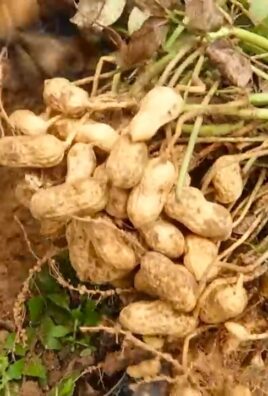
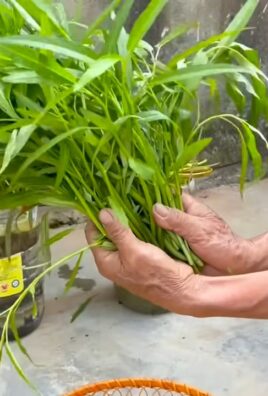
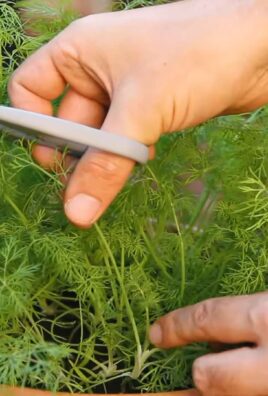
Leave a Comment